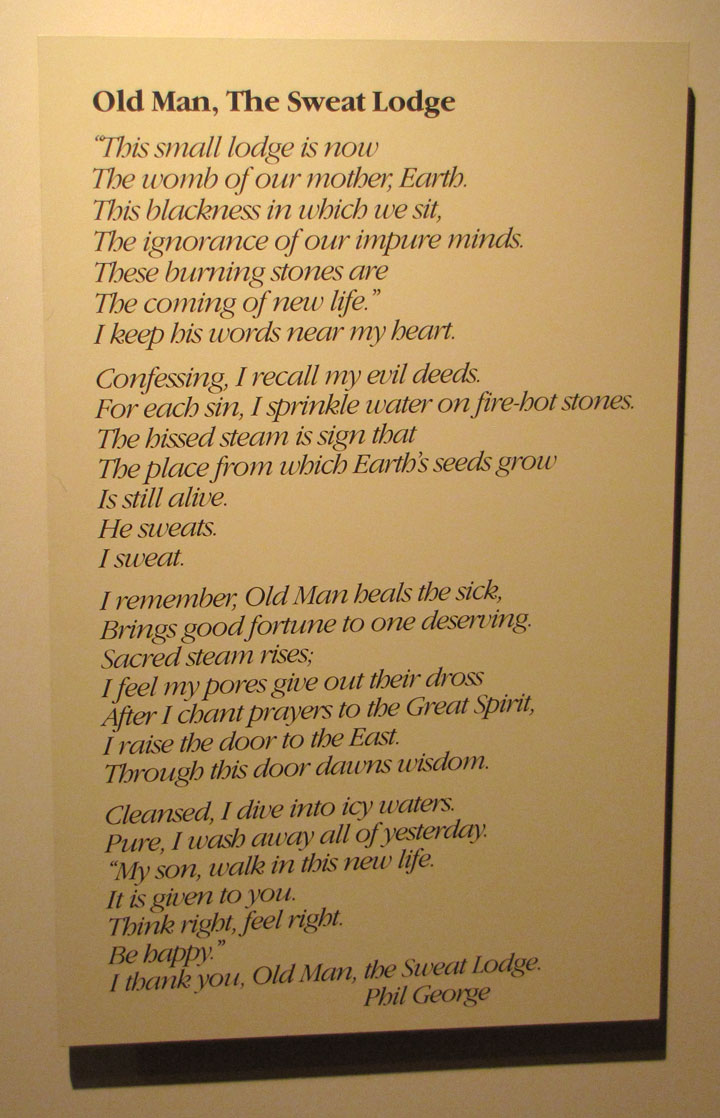

Nez Perce

Nez Perce National Historical Park
The Nez Perce are a tribe of Native Americans who live in the Pacific Northwest region (Columbia River Plateau) of the United States. An anthropological theory says the tribe descended from the Old Cordilleran Culture, which moved south from the Rocky Mountains and west in Nez Perce lands. The tribe currently governs and inhabits a reservation in Idaho. The Nez Perce's name for themselves is Nimíipuu, meaning, "The People."
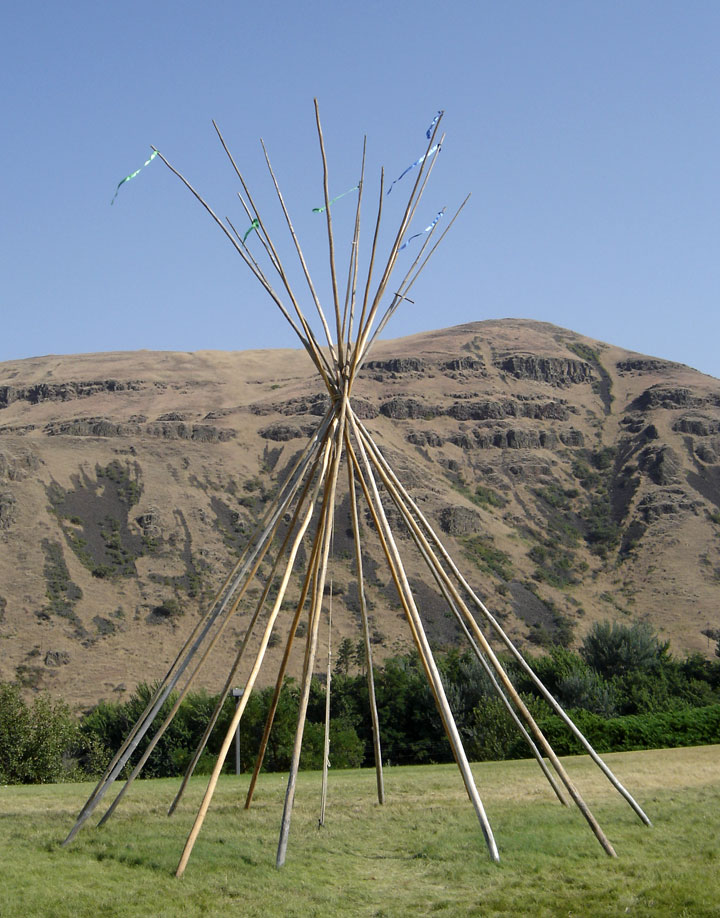
The most common self-designation used today by the Nez Perce is Niimíipu. "Nez
Perce" is also used by the tribe itself, the United States Government, and
contemporary historians. Older historical ethnological works use the French
spelling "Nez Percé," with the diacritic.
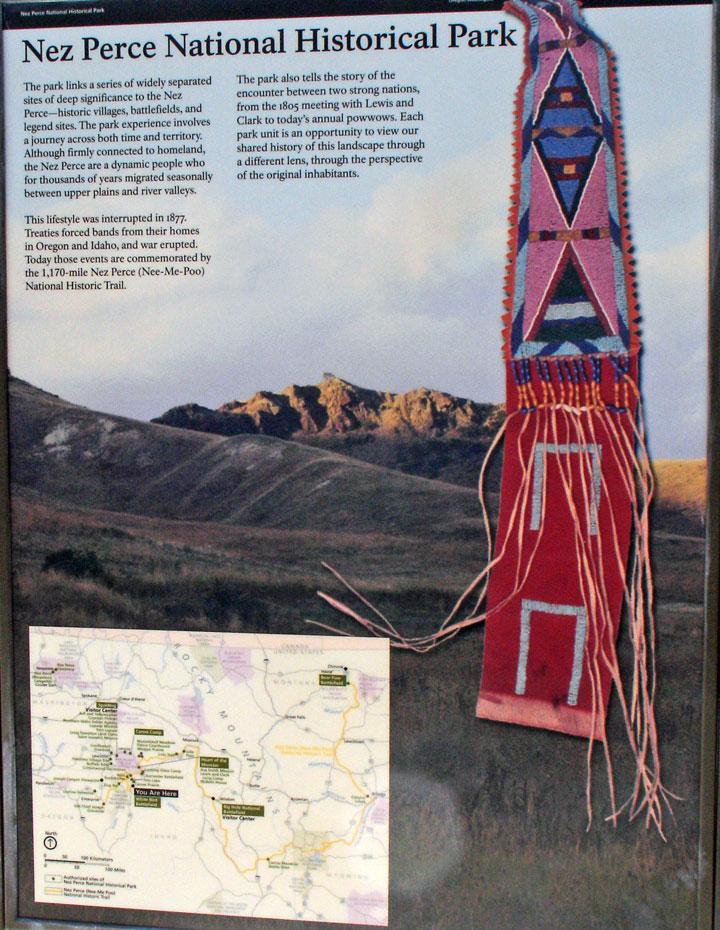
In the journals of William Clark, the people are referred to as Chopunnish. This
term is an adaptation of the term cú·pʼnitpeľu (the Nez Perce people) which is
formed from cú·pʼnit (piercing with a pointed object) and peľu (people). Nez
Perce oral tradition indicates the name "Cuupn'itpel'uu" meant "we walked out of
the woods or walked out of the mountains" and referred to the time before the
Nez Perce had horses. Nez Perce is a misnomer given by the interpreter of the
Lewis and Clark Expedition at the time they first encountered the Nez Perce in
1805. It is from the French, "pierced nose." This is an inaccurate description
of the tribe. They did not practice nose piercing or wearing ornaments. The
actual "pierced nose" tribe lived on and around the lower Columbia River in the
Pacific Northwest and are commonly called the Chinook tribe by historians and
anthropologists. The Chinook relied heavily upon salmon as did the Nez Perce and
shared fishing and trading sites but were much more hierarchical in their social
arrangements.

The Nez Perce area at the time of Lewis and Clark was approximately 17,000,000
acres (69,000 km2). It covered parts of Washington, Oregon, Montana, and Idaho,
in an area surrounding the Snake, Salmon and the Clearwater rivers. The tribal
area extended from the Bitterroots in the east to the Blue Mountains in the west
between latitude 45°N and 47°N.
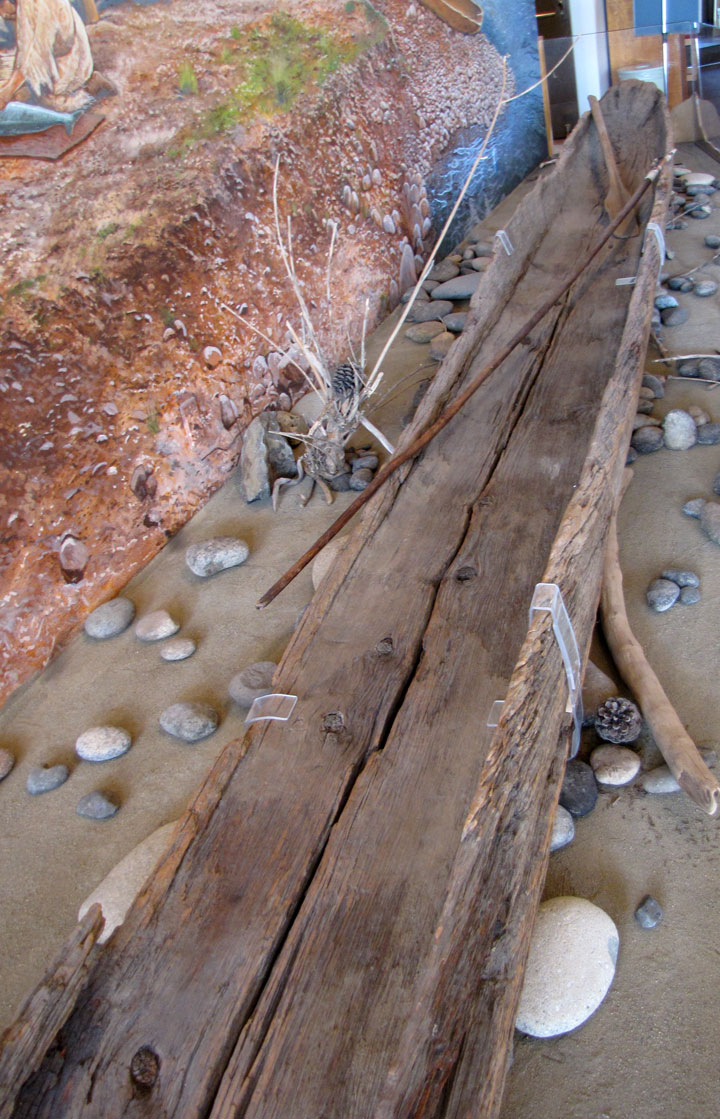
In 1800, there were more than 70 permanent villages ranging from 30 to 200
individuals, depending on the season and social grouping. About 300 total sites
have been identified, including both camps and villages. In 1805 the Nez Perce
were the largest tribes on the Columbia River Plateau, with a population of
about 6,000. By the beginning of the 20th century, the Nez Perce had declined to
about 1,800 because of epidemics, conflicts with non-Indians, and other factors.
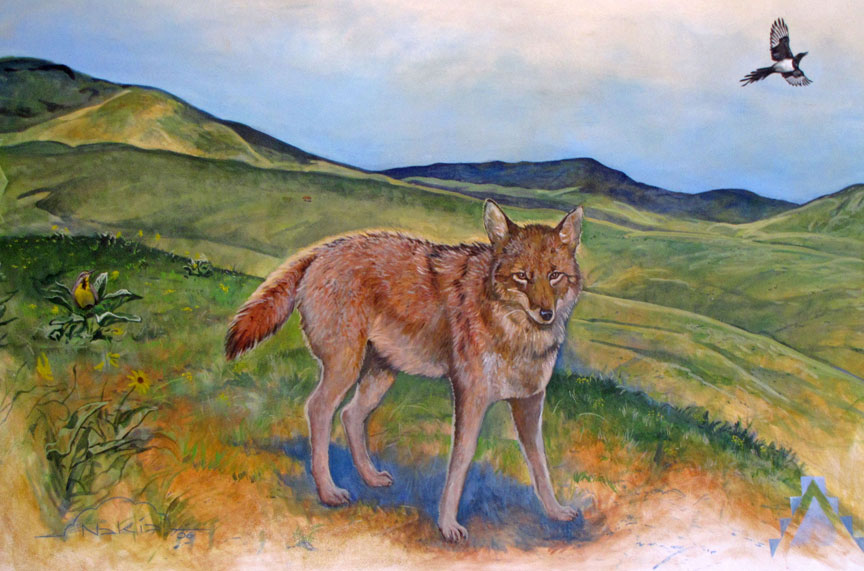
The Nez Perce, as many western Native American tribes, were migratory and would
travel with the seasons, according to where the most abundant food was to be
found at a given time of year. This migration followed a predictable pattern
from permanent winter villages through several temporary camps, nearly always
returning to the same locations year after year. They were known to go as far
east as the Great Plains of Montana to hunt buffalo, and as far west as Celilo
Falls to fish for salmon on the Columbia River. They relied heavily on quamash
or camas gathered in the region between the Salmon and Clearwater River
drainages as a food source.

The Nez Perce believed in spirits called wyakins (Wy-a-kins) which would, they
thought, offer a link to the invisible world of spiritual power. The wyakin
would protect one from harm and become a personal guardian spirit. To receive a
wyakin, a young girl or boy around the age of 12 to 15 would go to the mountains
on a vision quest. The person on quest would carry no weapons, eat no food, and
drink very little water. There, he or she would receive a vision of a spirit
that would take the form of a mammal or bird. This vision could appear
physically or in a dream or trance. The weyekin was to bestow the animal's
powers on its bearer - for example; a deer might give its bearer swiftness. A
person's wyakin was very personal. It was rarely shared with anyone and was
contemplated in private. The wyakin stayed with the person until death.
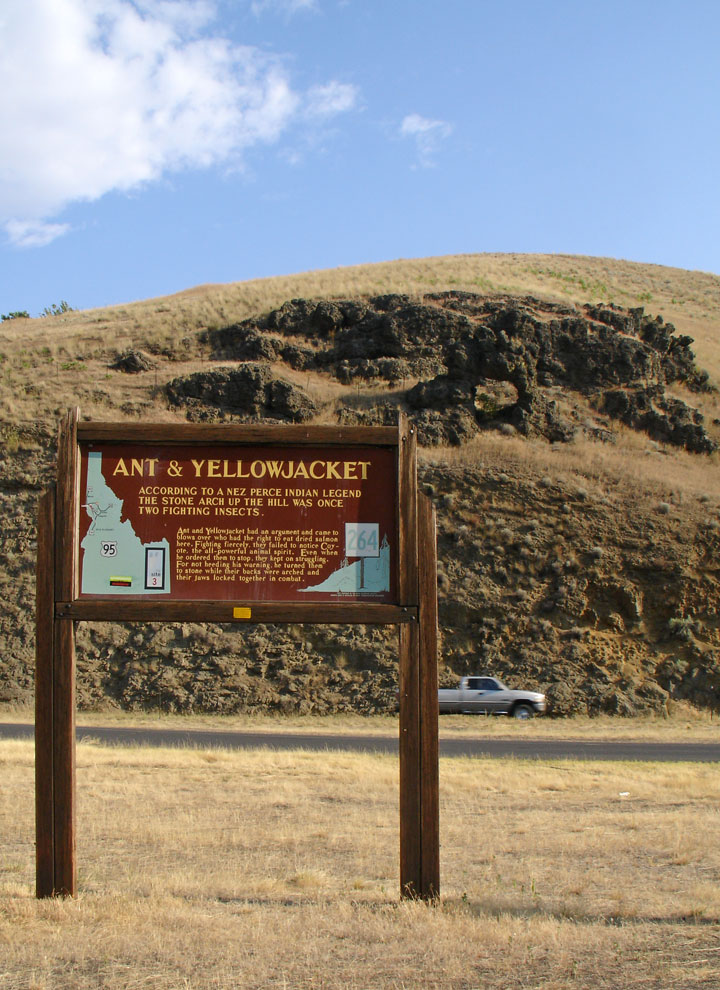
Ant and the Yellowjacket
The Nez Perce National Historical Park includes a research center which has the park's historical archives and library collection. It is available for on-site use in the study and interpretation of Nez Perce history and culture.

“ There was once a monster which lived in the valley of the Clearwater River
near Kamiah. This beast devoured all the animals that lived in the country for
miles around and became such a menace that Coyote, that clever hero of many an
Indian myth, decided it must be killed. Arming himself with a flint knife, he
jumped down the animal's throat and stabbed it in the heart. Then he cut the
body up into pieces and from them fashioned tribes of Indians which he sent to
occupy the mountains and plains round about. Finally, he discovered that he did
not have a tribe for the beautiful valley in which the monster had lived, so he
squeezed a few drops of blood from the heart and from this made the Nez Perce.
Thus from the lifeblood of this strange animal came a tribe having many of the
most admirable qualities possessed by human beings. ”

William Clark was the first American to meet any of the tribe. While he,
Meriwether Lewis and their men were crossing the Bitterroot Mountains they ran
low of food, and Clark took six hunters and hurried ahead to hunt. On September
20, 1805, near the western end of the Lolo Trail, he found a small camp at the
edge of the camas-digging ground that is now called Weippe Prairie. The
explorers were favorably impressed by those whom they met; and, as they made the
remainder of their journey to the Pacific in boats, they entrusted the keeping
of their horses to "2 brothers and one son of one of the Chiefs." One of these
Indians was Twisted Hair, who became the father of Timothy, a prominent member
of the "Treaty" faction in 1877. The Indians were, generally, faithful to the
trust; and the party recovered their horses without serious difficulty when they
returned.
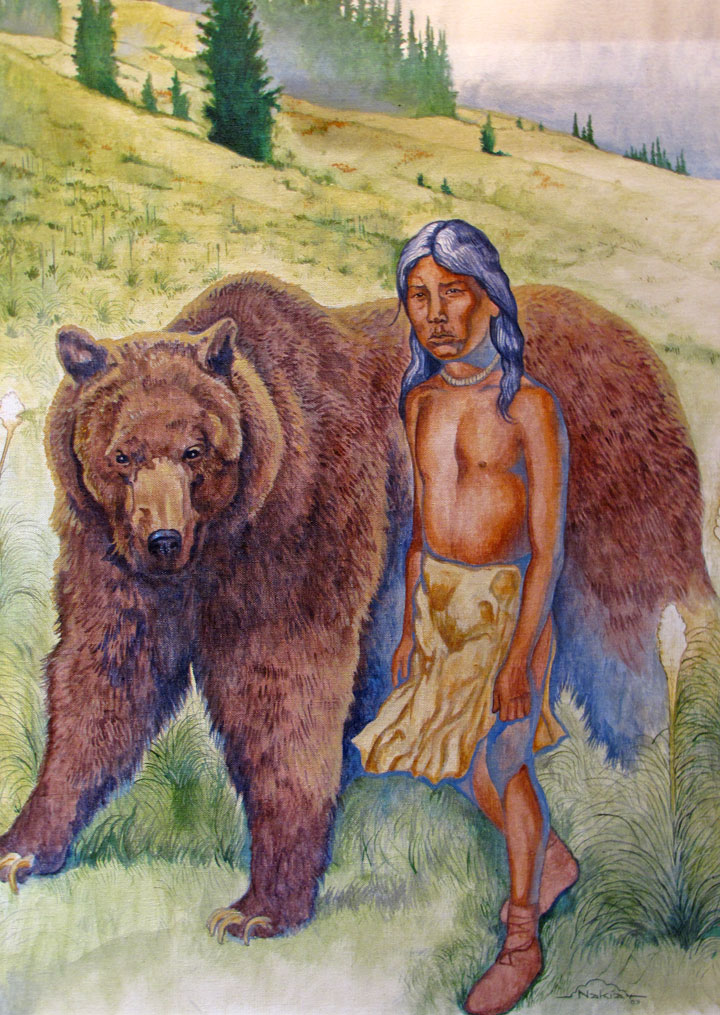
The Nez Perce split into two groups in the mid-19th century, with one side
accepting coerced relocation to a reservation and the other refusing to give up
their fertile land in Washington and Oregon. On October 5, 1877, Chief Joseph of
the Nez Perce Nation surrendered to units of the U.S. Cavalry near Chinook in
the north of what is now Montana. Before this surrender, the Nez Perce fought a
cunning strategic retreat toward refuge in Canada from about 2,000 soldiers.
This surrender, after fighting 13 battles and going about 1,700 miles (2,740 km)
toward Canada, marked the last great battle between the U.S. government and an
Indian nation. After surrendering, Chief Joseph stated his famous quote: "Hear
me, my chiefs, I am tired. My heart is sick and sad. From where the sun now
stands, I will fight no more forever." The flight path is reproduced by the Nez
Perce National Historic Trail. The annual Cypress Hills ride in June
commemorates the Nez Perce people's crossing into Canada.

Lewis & Clark first encountering the Nez Perce
The Nez Perce tribe began a breeding program in 1994 based on crossbreeding the Appaloosa and a Central Asian breed called Akhal-Teke to produce the Nez Perce Horse. This is a program to re-establish the horse culture of the Nez Perce, a proud tradition of selective breeding and horsemanship that was destroyed in the 19th century. The breeding program was financed by the United States Department of Health and Human Services, the Nez Perce tribe and a nonprofit group called the First Nations Development Institute (based in Washington D.C.), which promotes such businesses in Indian country. These horses that the Nez Perce had developed were known for their speed, endurance and sure-footedness.
Text from Wikipedia

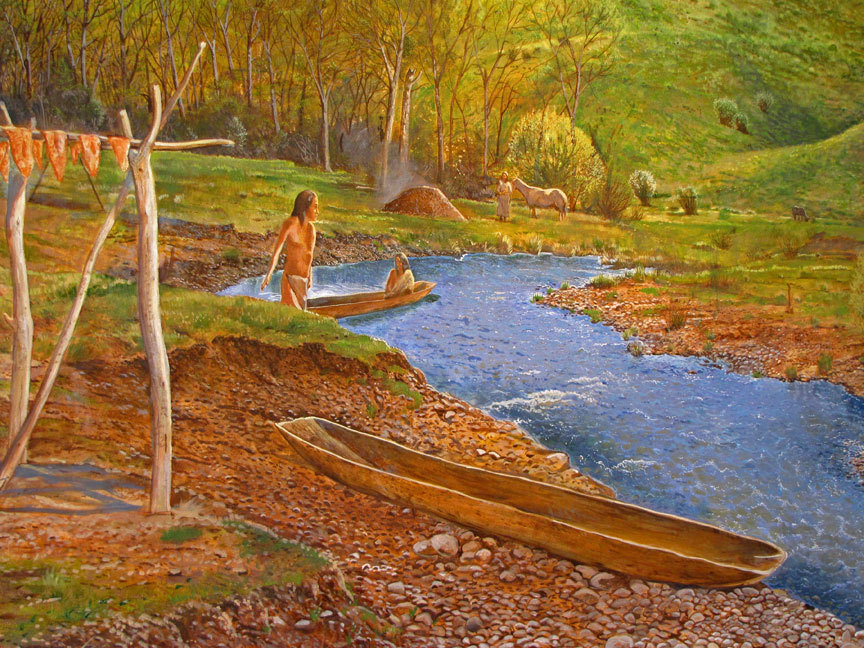


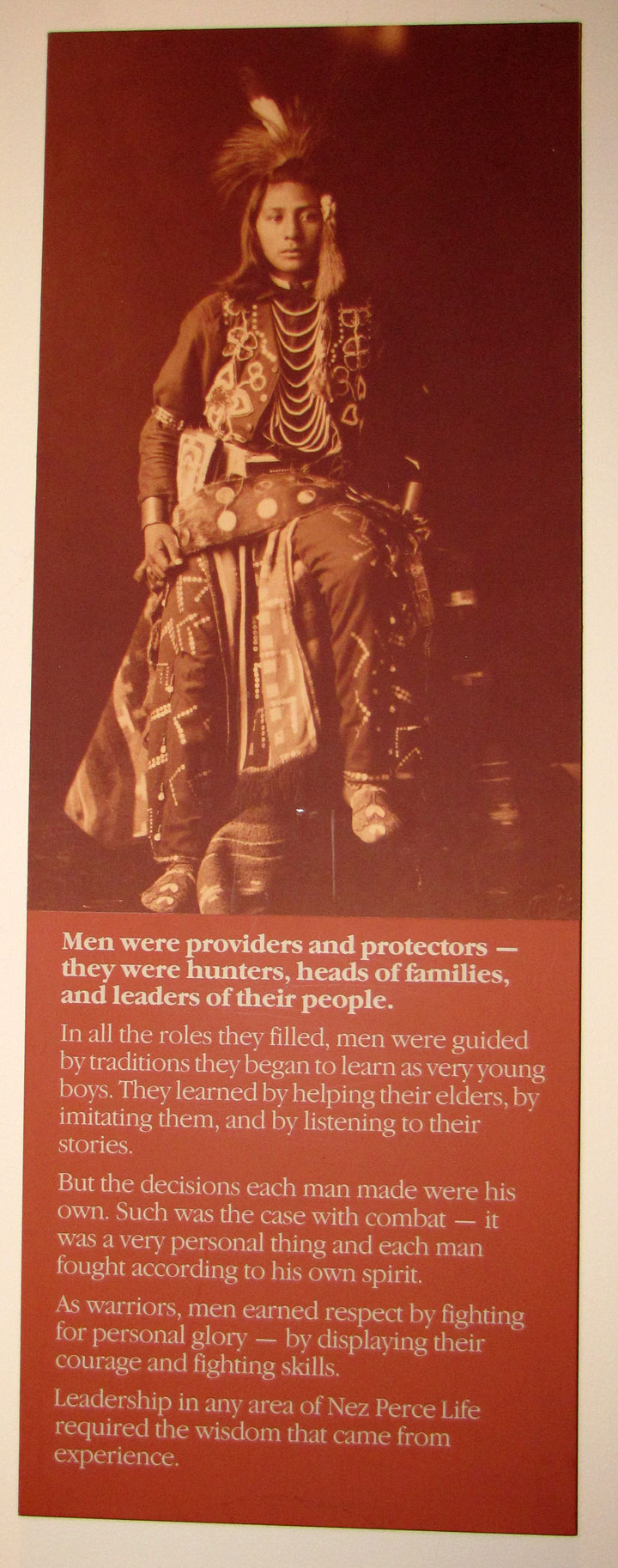
Lawyer Collection

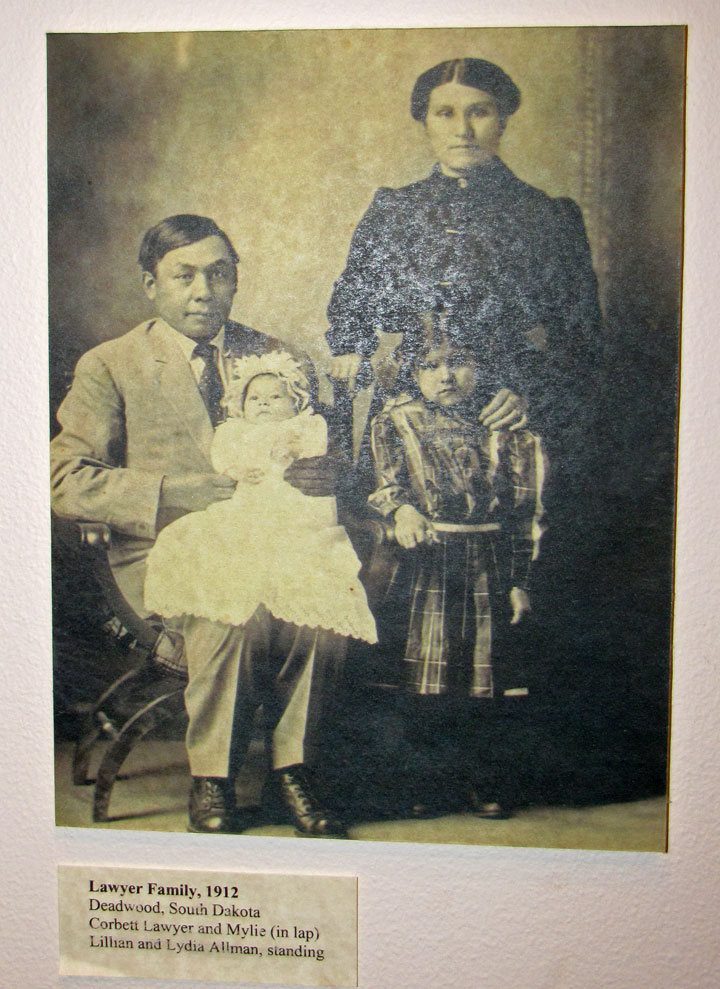
Mylie as a new born
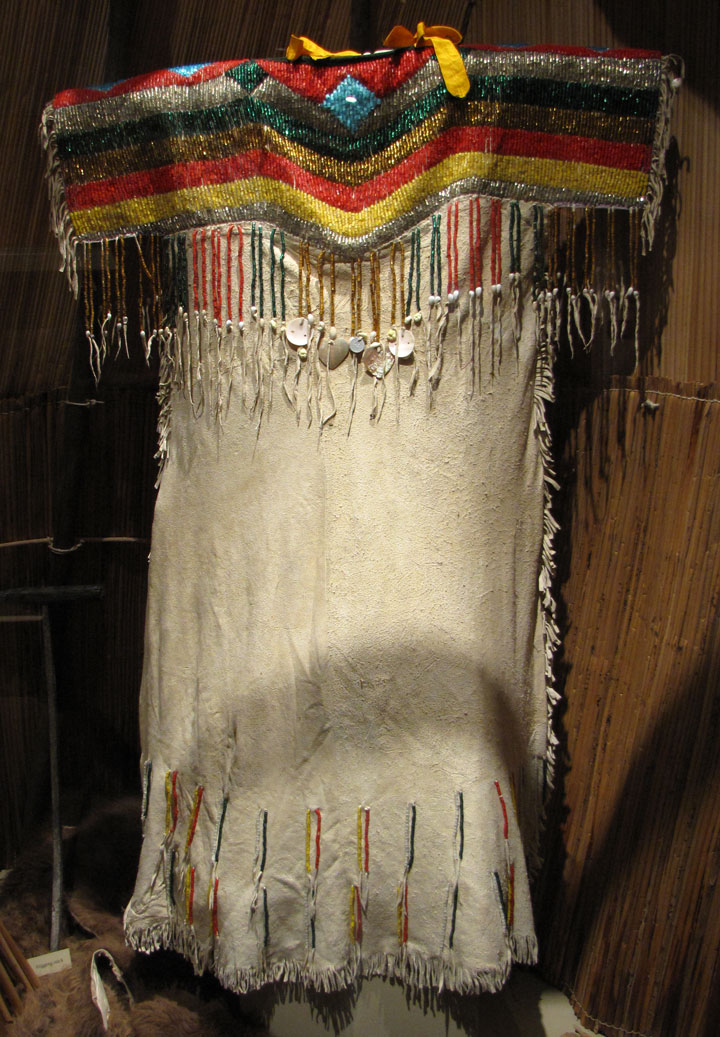




Parfleche



cradle boards
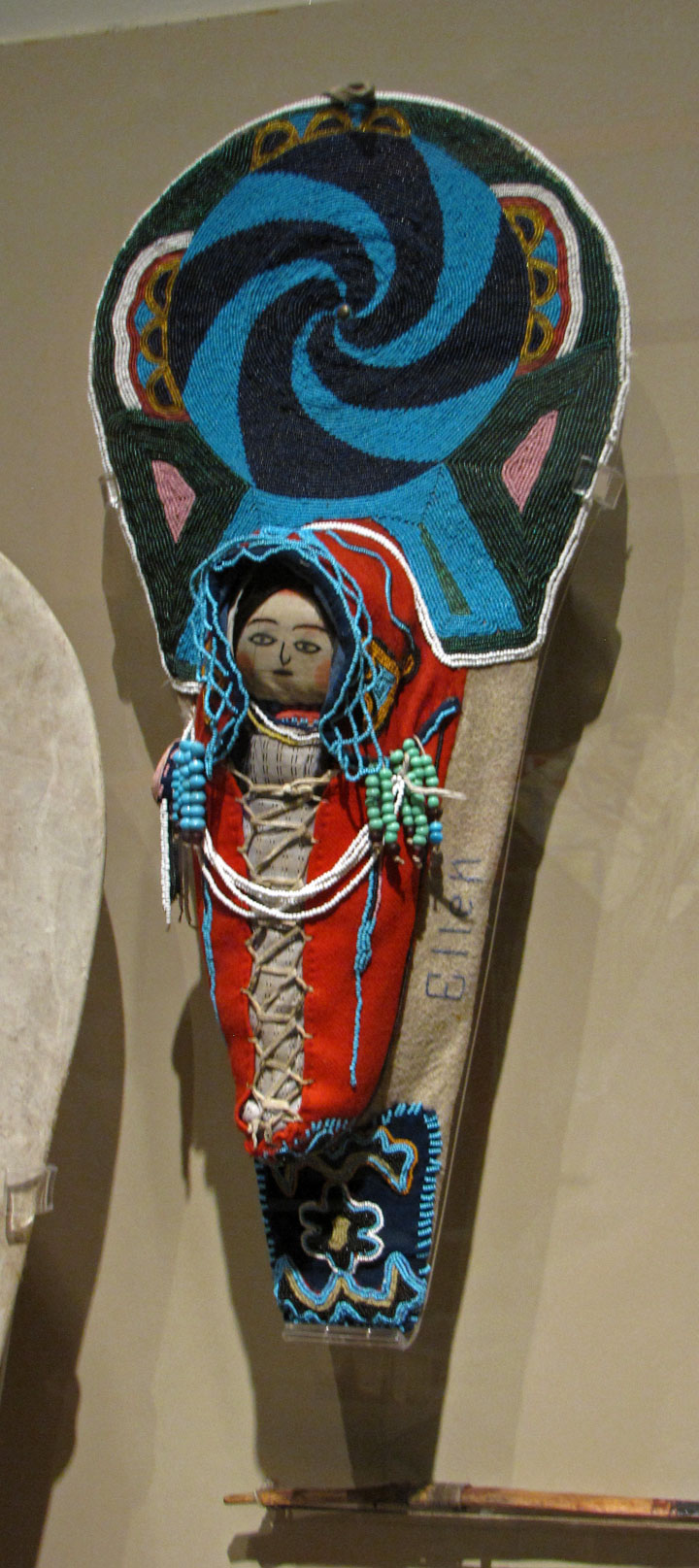
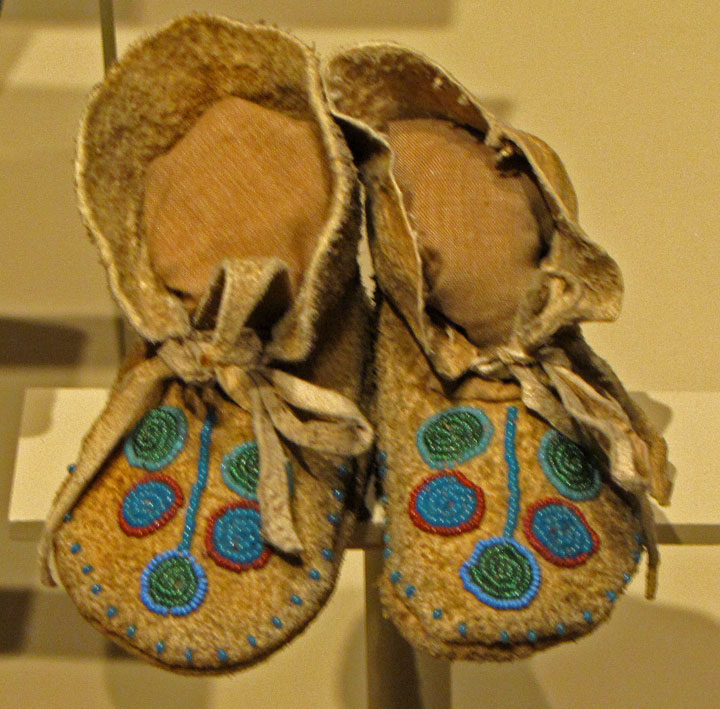
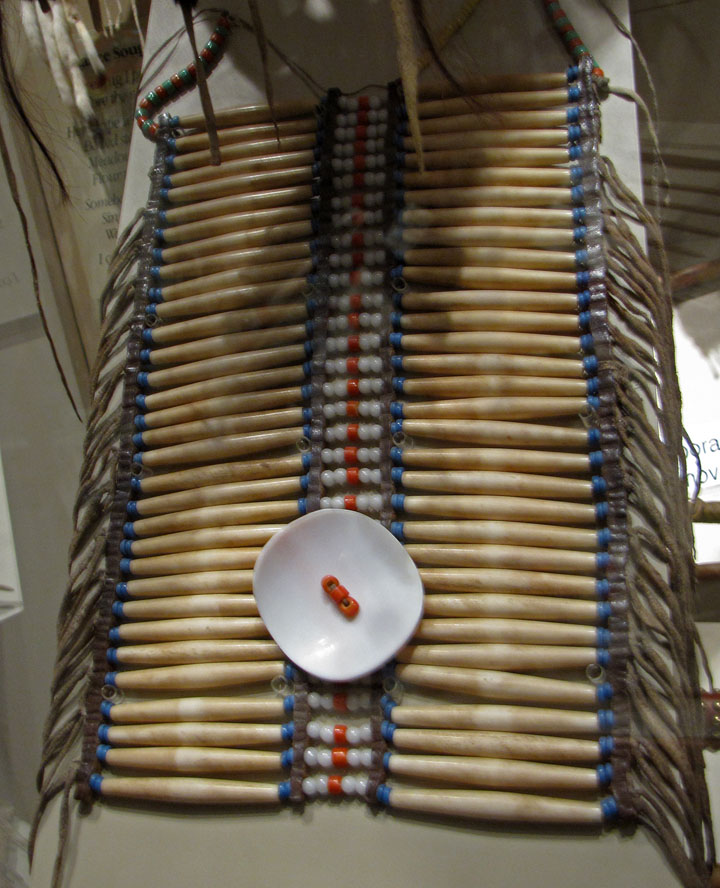

Parfleche
The Sweat Lodge
